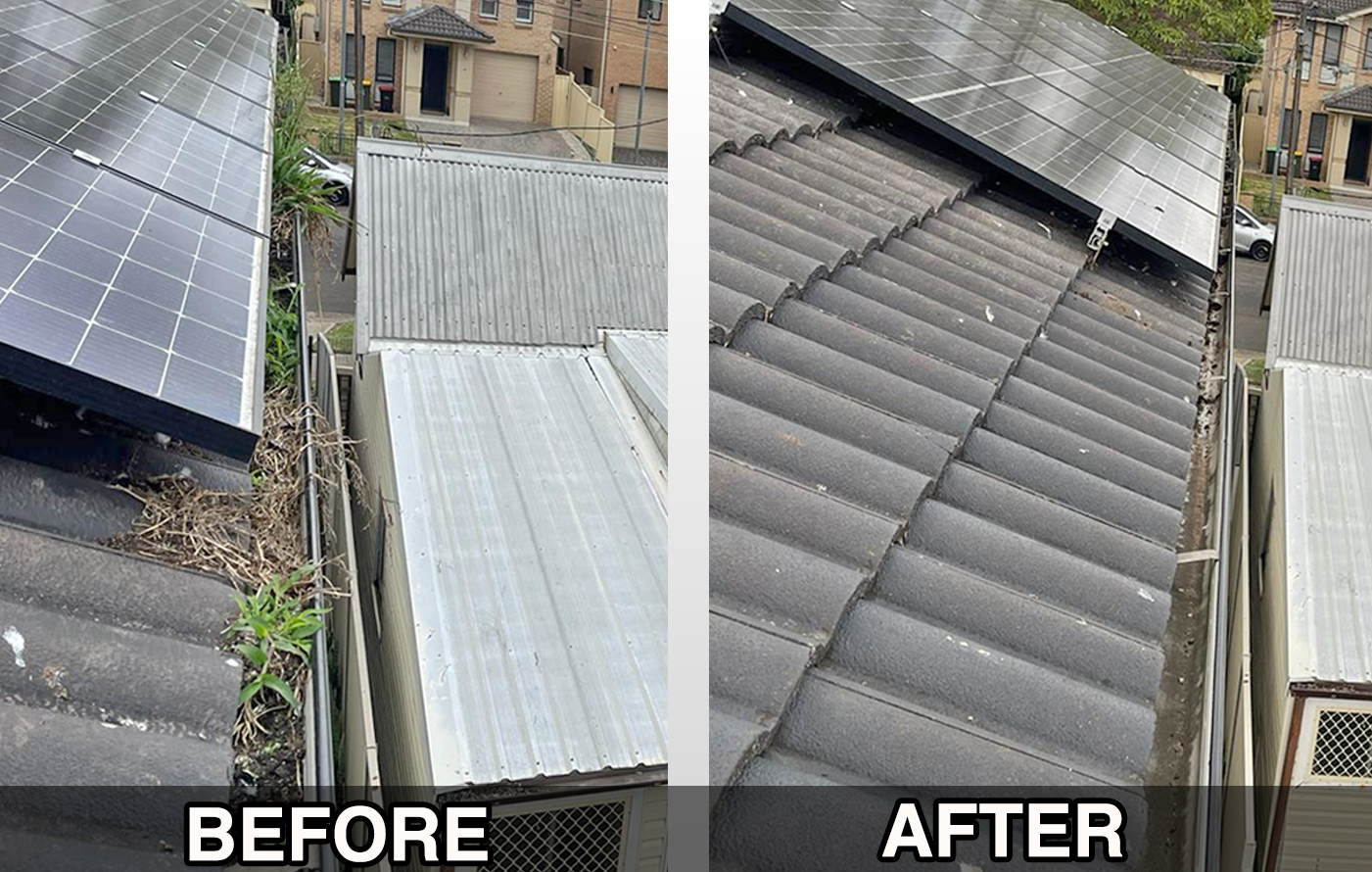In the era of climate consciousness and the transition to renewable energy, many homeowners are exploring the possibility of generating their own power. Among the most promising options for domestic clean energy production is the Residential Wind Turbine. This innovation has been reshaping how we think about sustainable living, offering both ecological and economic benefits to property owners around the world.
In this guide, we’ll explore everything you need to know about integrating a Small Wind Turbine for Home, how it works, its benefits, what to consider before installation, and how forward-thinking businesses like Pegasus Systems are supporting homeowners in this transition toward greener living.
What Is a Residential Wind Turbine?
A Residential Wind Turbine is a scaled-down version of the large turbines used in commercial wind farms. Designed specifically for home use, these systems generate electricity by harnessing kinetic energy from the wind. When wind flows over the blades, it causes them to spin, which in turn drives a generator to produce electricity.
Unlike solar panels that rely on direct sunlight, Residential Wind Turbines can function day or night as long as there is wind. This makes them a powerful complementary technology to solar installations, providing energy diversity and increasing overall energy independence.
Benefits of a Small Wind Turbine for Home
Installing a Small Wind Turbine for Home offers a multitude of advantages for both the environment and your wallet:
1. Reduced Energy Bills
One of the most immediate benefits is a noticeable drop in monthly electricity expenses. Depending on your location and average wind speeds, a Small Wind Turbine for Home can significantly offset grid electricity usage, leading to substantial long-term savings.
2. Eco-Friendly Energy Production
Unlike fossil fuels, wind energy does not emit greenhouse gases or pollutants. A Residential Wind Turbine helps decrease your carbon footprint, making your household part of the global solution to climate change.
3. Energy Independence
The more energy you produce on your property, the less reliant you are on the grid. This becomes especially important during power outages or energy price spikes.
4. Property Value Enhancement
Homes equipped with renewable energy systems such as a Small Wind Turbine for Home tend to have higher market values and are more attractive to environmentally-conscious buyers.
5. Government Incentives
Many states and countries offer tax credits, rebates, or other financial incentives to encourage the adoption of renewable energy systems. These can significantly reduce your initial installation costs.
Key Components of a Residential Wind Turbine System
A modern Residential Wind Turbine system typically includes the following components:
- Rotor Blades: Capture wind energy and transfer motion.
- Nacelle and Generator: Converts the rotational energy into electrical energy.
- Tower: Raises the turbine to an optimal height for maximum wind exposure.
- Inverter: Converts DC power from the turbine into AC power for home use.
- Battery Storage (optional): Stores excess energy for use when wind speeds are low.
- Controller System: Manages and optimizes energy flow and safety mechanisms.
Each of these elements plays a crucial role in ensuring that the Small Wind Turbine for Home functions efficiently and safely.
Is a Residential Wind Turbine Right for Your Home?
Before investing in a Small Wind Turbine for Home, it’s vital to evaluate whether your location and property are suitable for wind energy.
1. Wind Speeds
Your area should have consistent average wind speeds of at least 9 mph (4 m/s). Locations such as rural plains, hills, or coastal regions tend to perform well.
2. Zoning and Regulations
Check local zoning ordinances and homeowner association (HOA) rules. Some areas have restrictions on the height and noise levels of Residential Wind Turbines.
3. Property Size
You need ample space to safely install a Small Wind Turbine for Home, especially since the system should be placed away from buildings and trees to avoid turbulence.
4. Budget
While costs have come down significantly, the initial investment can be anywhere from $5,000 to $50,000 depending on system size and configuration. Long-term savings and incentives can help offset this.
Types of Small Wind Turbine for Home
There are two primary types of Small Wind Turbine for Home installations:
1. Horizontal-Axis Wind Turbines (HAWTs)
These are the most common and resemble traditional windmill structures. They are efficient and ideal for open, windy areas.
2. Vertical-Axis Wind Turbines (VAWTs)
These turbines can capture wind from any direction and are more suitable for urban environments with variable wind patterns. They also tend to be quieter and more aesthetically pleasing.
Installation and Maintenance
Proper installation is key to the long-term success of your Residential Wind Turbine. This is where professionals like Pegasus Systems provide invaluable support. With expert guidance and customized planning, they ensure the system meets safety standards, operates efficiently, and maximizes wind exposure.
Maintenance Tips:
- Inspect the blades for damage or wear regularly.
- Lubricate moving parts annually.
- Monitor energy output to detect performance issues early.
- Clean off debris and ice buildup if applicable.
Most Small Wind Turbine for Home systems are designed for low-maintenance operation and can last up to 20–25 years with proper care.
Cost Considerations and ROI
Cost is a significant factor when considering a Residential Wind Turbine, but it’s essential to look at it as a long-term investment rather than a short-term expense.
Typical Costs:
- Equipment: $3,000–$30,000+
- Installation: $2,000–$10,000
- Permits & Inspections: $500–$2,000
Financial Returns:
- Savings on electricity
- Tax credits (e.g., the U.S. federal ITC)
- Potential earnings through net metering
A well-placed Small Wind Turbine for Home can pay for itself in as little as 6–15 years, depending on energy prices and incentives.
Myths About Small Wind Turbine for Home Systems
1. They’re Too Noisy
Modern turbines are engineered for quiet operation. The sound is comparable to a household appliance and is unlikely to disturb neighbors.
2. They Don’t Work in Urban Areas
While traditional models need open space, vertical-axis systems can work effectively in certain urban settings.
3. They Need Constant High Winds
While more wind does equal more power, even moderate and consistent breezes can generate useful energy with today’s efficient turbine technology.
The Future of Residential Wind Turbines
With growing awareness of climate change and the ongoing push for renewable energy, the demand for Residential Wind Turbine systems is on the rise. Technological advancements are making turbines smaller, more efficient, and increasingly affordable.
As governments strengthen their green energy policies and the public becomes more eco-conscious, the trend toward decentralizing energy production will continue. Homeowners who install a Small Wind Turbine for Home today are not only investing in their own energy security but also contributing to a global shift toward sustainability.
Final Thoughts
Installing a Residential Wind Turbine is an empowering step toward sustainable living. Whether you want to reduce your carbon footprint, gain independence from the grid, or lower your electricity bills, a Small Wind Turbine for Home offers a reliable and eco-friendly solution.
With thoughtful planning, expert support, and the right technology, your home can become a beacon of renewable energy innovation. Companies like Pegasus Systems are at the forefront of making this transition seamless and efficient for homeowners ready to embrace the wind-powered future.
Congrats! You’ve Finished This Blog.






